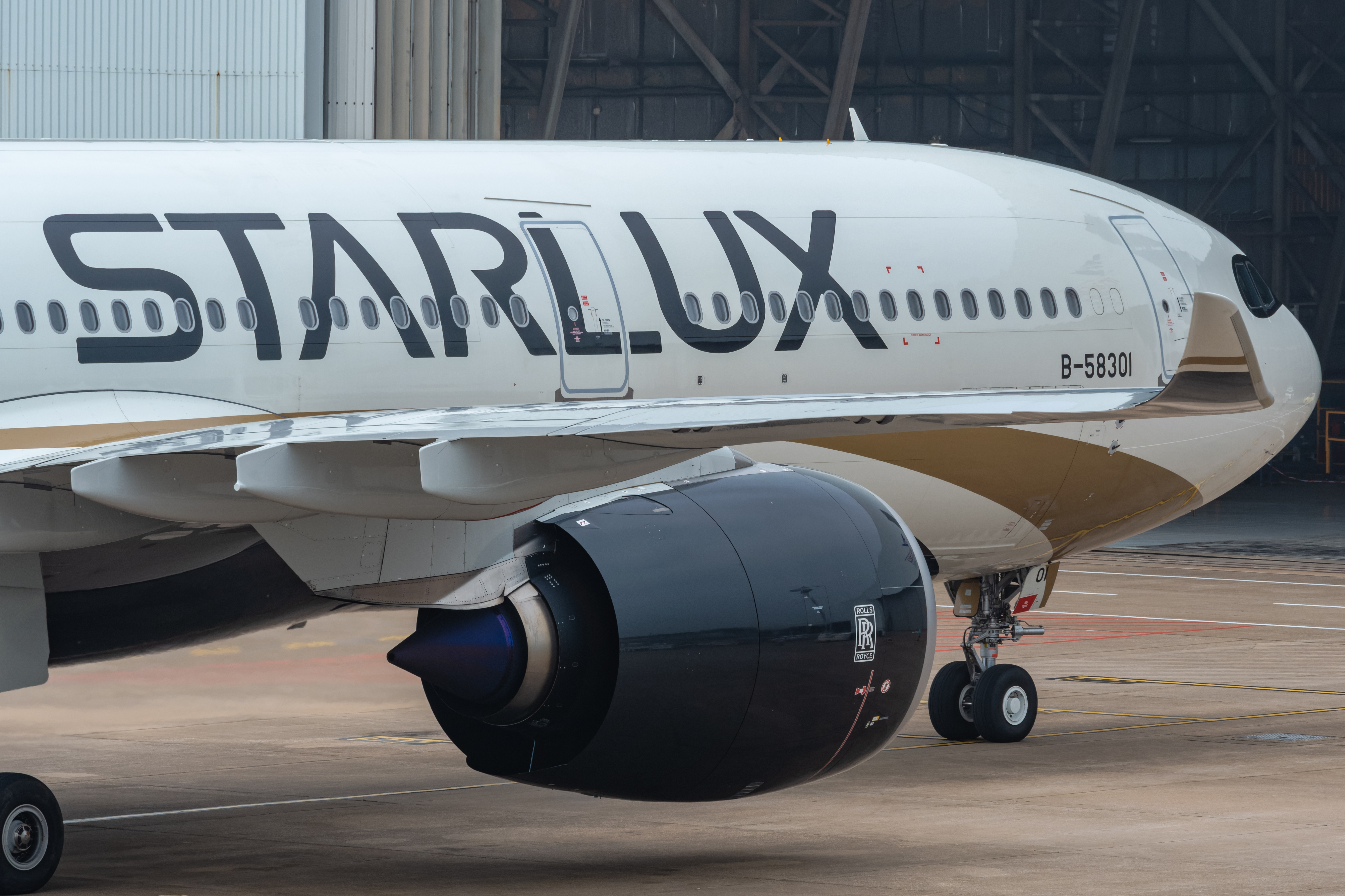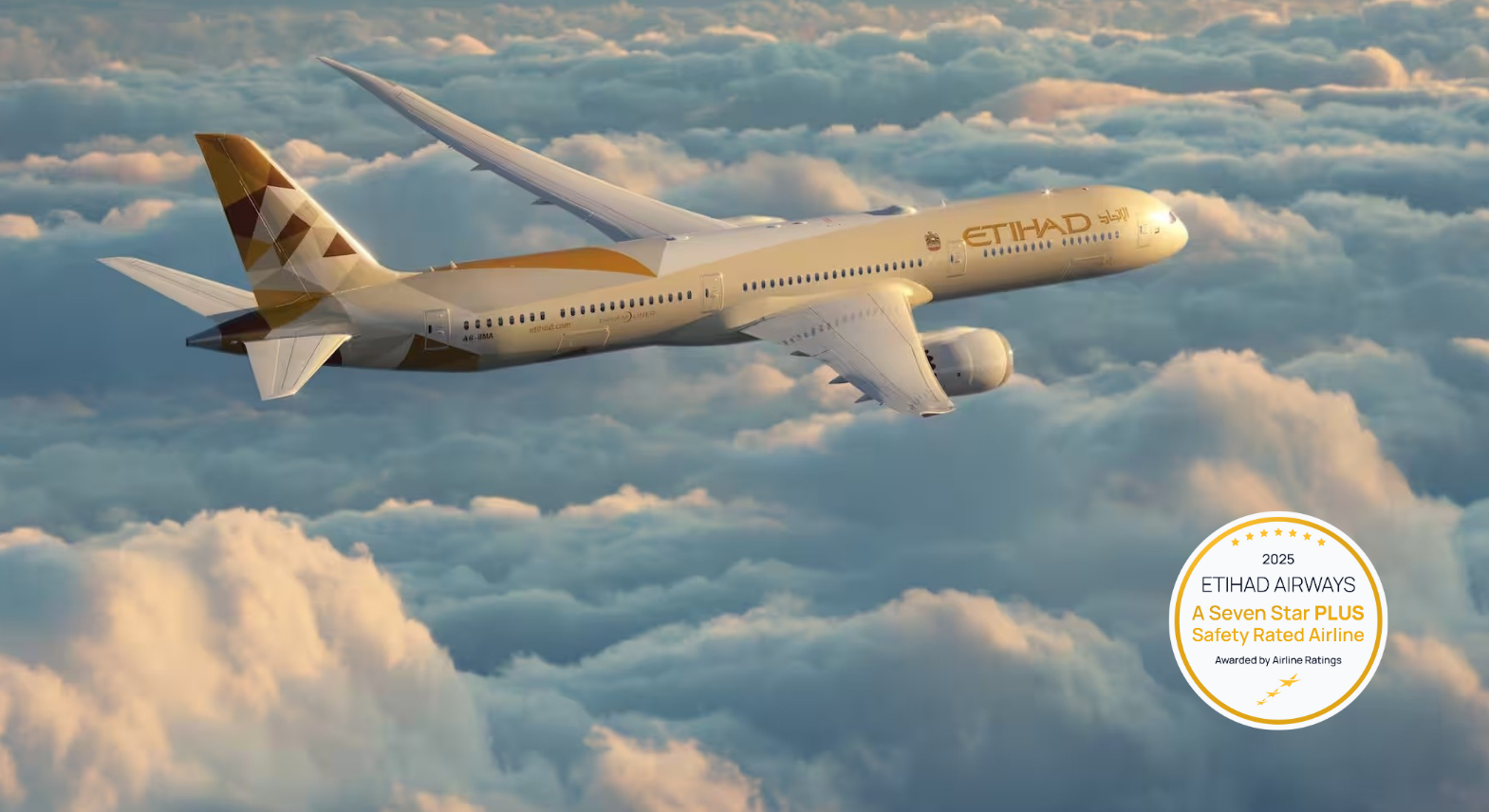
By Geoffrey Thomas
Published Fri May 13 2022
The Emirates Group has posted its 2021-22 Annual Report which shows a strong recovery across its businesses but it suffered a loss of AED 3.8 billion (US$ 1.0 billion) for the year ending March 31, 2022, compared with an AED 22.1 billion (US$ 6.0 billion) loss last year.
The Group’s revenue was AED 66.2 billion (US$ 18.1 billion), an increase of 86 per cent over last year’s results. The Group’s cash balance was AED 25.8 billion (US$ 7.0 billion), up 30 per cent from last year mainly due to strong demand across its core business divisions and markets, triggered by the easing of pandemic-related restrictions.
His Highness Sheikh Ahmed bin Saeed Al Maktoum, the Chairman and Chief Executive, Emirates Airline and Group, said: "This year, we focussed on restoring our operations quickly and safely wherever pandemic-related restrictions eased across our markets. Business recovery picked up pace, particularly in the second half of the year. Robust customer demand drove a huge improvement in our financial performance compared to our unprecedented losses of last year and we built up our strong cash balance.
"The health and safety of our people and customers remained a key priority as the world navigated its second full year of the pandemic. Across Emirates and dnata, we responded to dynamic market conditions with agility and introduced innovative products and services to meet our customers’ needs and provide them with the best possible experience."
In 2021-22, Emirates received a further capital injection of AED 3.5 billion (US$ 954 million) from its ultimate shareholder, the Government of Dubai, and the Group tapped on various industry support programmes and availed a total relief of nearly AED 0.8 billion in 2021-22.
In 2021-22, the Emirates Group collectively invested AED 7.9 billion (US$ 2.2 billion) in new aircraft and facilities, and the latest technologies to position the business for recovery and future growth.
Sheikh Ahmed said: "For the Emirates Group, 2021-22 was largely about recovery, after the toughest year in our Group’s history. It’s not just about restoring our capacity, but also augmenting our future capabilities as we rebuild. Our aim is to build back better and stronger so that we can deliver even better experiences to our customers and offer more support to the communities we serve.
"We expect the Group to return to profitability in 2022-23, and are working hard to hit our targets while keeping a close watch on headwinds such as high fuel prices, inflation, new COVID-19 variants, and political and economic uncertainty.
Emirates’ total passenger and cargo capacity increased by 47 per cent to 36.4 billion ATKMs in 2021-22, as the airline continued to reinstate passenger services across its network in line with the lifting of pandemic-related flight and travel restrictions.
From 120 destinations at the start of the financial year to increased operations and capacity growth across over 140 destinations by March 31, 2022, Emirates was able to respond dynamically to serve customer demand wherever opportunities arose, thanks to the resilience of its people and business model. In July, the airline launched a new route to Miami, bringing its total passenger gateways in the US to 12.
Emirates received its final five new A380 aircraft during the financial year, all equipped with its latest cabin interiors including Premium Economy seats. It also phased out 2 older aircraft comprising of 1 Boeing 777-300ER and 1 Freighter, leaving its total fleet count at 262 at the end of March. Emirates’ average fleet age remains at 8.2 years.
Emirates’ order book of 197 aircraft remains unchanged at this time.
With significantly enhanced capacity deployment across most markets, Emirates’ total revenue for the financial year increased 91 per cent to AED 59.2 billion (US$ 16.1 billion). Currency fluctuations this year impacted the airline’s profitability negatively by AED 348 million (US$ 95 million).
Total operating costs increased by 30 per cent from last financial year. The airline’s fuel bill more than doubled to AED 13.9 billion (US$ 3.8 billion) compared to the previous year, driven by a higher uplift of 66 per cent in line with capacity expansion and a higher average fuel price which was up by 75 per cent
Emirates carried 19.6 million passengers (up by 199 per cent) in 2021-22, with seat capacity up by 150 per cent. The airline reports a Passenger Seat Factor of 58.6 per cent compared with last year’s passenger seat factor of 44.3 per cent.
Emirates continued to invest in its products and services and this year, it announced a major retrofit programme to equip 120 of its 777 and A380 aircraft with its new Premium Economy seats and the latest cabin interiors.
In this 2nd pandemic year, Emirates SkyCargo contributed 40 per cent of the airline’s total transport revenue through its ability to respond rapidly to changing demand patterns in a distorted global marketplace.
Emirates closed the financial year with solid cash assets of AED 20.9 billion (US$ 5.7 billion), 38 per cent higher compared to 31 March 2021.
Have questions or want to share your thoughts?
Get In Touch








